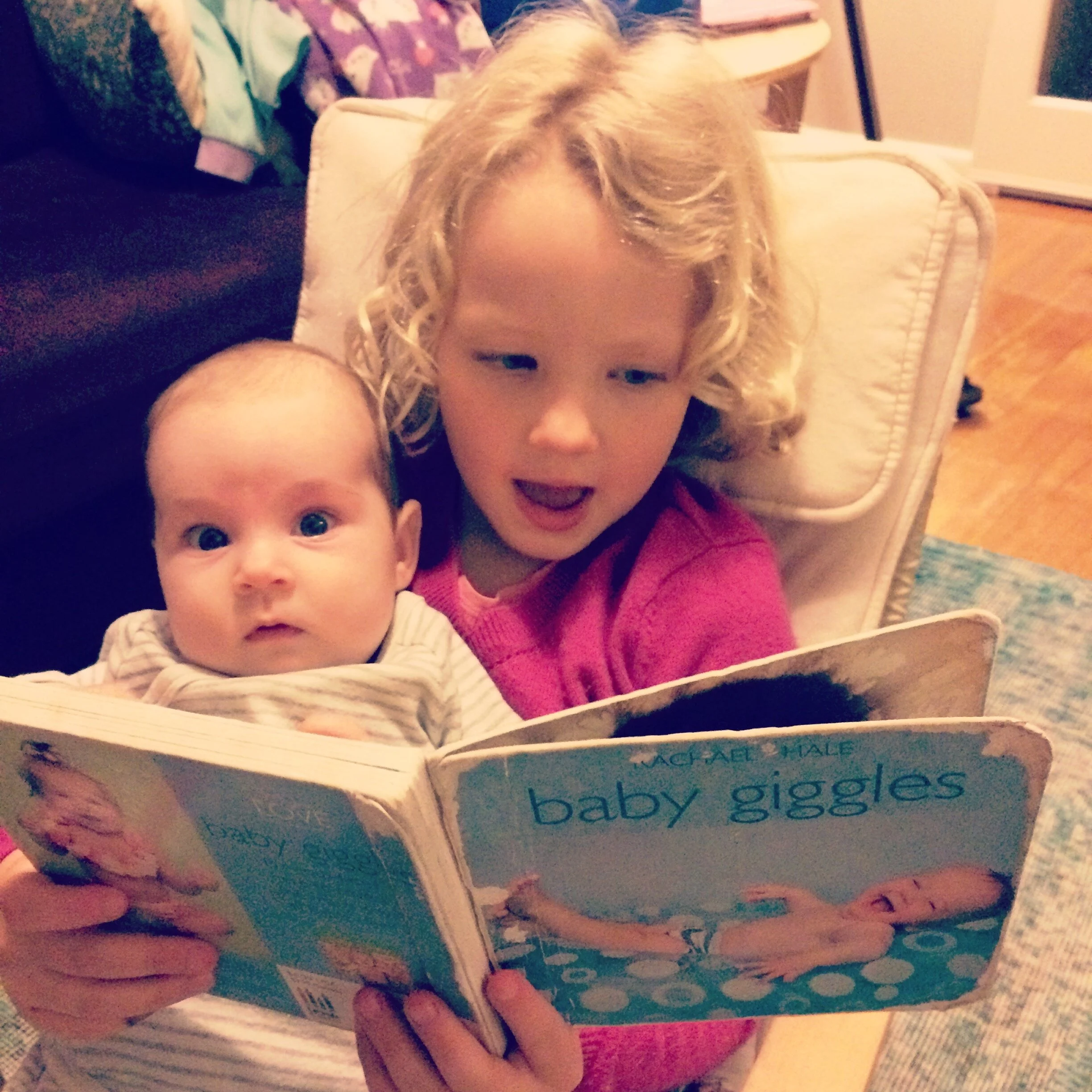Risky play
As parents one of our basic responsibilities is to keep our young children safe… so you might be surprised to learn that taking risks and experiencing danger are actually really important for child development! Opportunities to take risks allow children to test and progress their psychical and emotional skills. And so, by protecting our child from all risk we are actually taking a very big risk of our own – their development and wellbeing.
Physical development
Australian health guidelines advise that children under 5 years should be spending at least 180 minutes doing physical activity each day, and more as they get older. Most physical activity requires some risk taking, so if we discourage or ban children from the risk taking required to climb tall trees, run fast down a hill, ride a bike or play a game of football, it becomes increasingly hard and less enjoyable for them to reach the recommended activity levels.
In addition to being active throughout their day, children build strength and develop coordination and motor skills through risky play. In order to grow and become stronger, our muscles, heart and bones need to actually be put under some stress. Rough and tumble play (like playing with the family dog or wrestling with each other), and using dangerous tools (scissors, hammers, etc) are some ways in which risk promotes the development of important skills that will be invaluable to your child as they grow and spend more time away from you.
Emotional development
In order to build their confidence in the world, children need to have opportunities to try new, risky, and sometimes scary things. When they fail (fall, hurt themselves, get lost or confused, etc) they develop emotional skills such as resilience and patience. When they adapt or persist at challenging or risky activities, they will eventually succeed. This fills them with pride and makes mastering new tasks a lot more meaningful than if we had simply shown them an easier, quicker and risk-free way.
If you observe a young child playing, you may notice that they will usually instinctively reduce threat of danger along the way by choosing smaller and more manageable steps as they build confidence and skills that will help them tackle much bigger risks. Trusting our children and allowing them opportunities to tune into their own sense of danger gives them a chance to listen to themselves and gain confidence in their ability to make safe choices.
Even when we know the benefits of risk taking, the language we use around risky play is unintentionally filling our little ones with doubt. We do not want them to get hurt, which often results in the overuse of phrases like “be careful!” or “slow down!”. However, getting hurt is a fact of life. The good news is that generally speaking, how we respond to and learn from being hurt stays with us well after the physical or emotional pain has ended. Of course we can set boundaries without stopping play altogether, and it is actually possible and important to prioritise safety while risk taking!
Here are some examples of phrases which promote safe choices during risky play…
“How are you planning to get down?”
“Scissors are sharp, I will show you how to use them safely”
“Rocks can be slippery after it rains – be mindful of where you are putting your feet”
“Holding onto the rope will help you balance”
It can also be very helpful to be literal when setting boundaries. Instead of “Don’t go too far!” try “Stop running when you reach the RED letterbox”. Rather than “You can’t play here, you might slip and fall!”, say “Let’s hold hands while we cross these slippery rocks”. This way you are communicating clear expectations for your child and showing that you trust them to take some risks while minimizing danger when necessary.
Another great way to help your child build their confidence in risky play, is to ask them questions. “Are you feeling scared/worried/safe/excited about climbing?” “Do you feel the way the log wobbles when you step on it?” “Notice how high you are?” “What do you think would happen if you ran over those slippery stones?” This gives your child a chance to decide for themselves if they feel safe or not, and what action to take, rather than always relying on adults to decide what they are capable of.
It is important to recognise that all children are different and while some are naturally adventurous and need no encouragement to climb the highest tree, others will be more apprehensive and may need more verbal reassurance. Children of all ages, gender, ability and personality can and should take risks – but not ALL risky play is going to suit every child, so this is where you and your child can work together to find what risks and challenges are suitable for them.
Regular opportunities for risky play and the challenges that come with it help children build physical and emotional skills such as fine and gross motor, resilience, muscle strength, problem solving and self-confidence. So the more we allow children to run, climb, practice using sharp or heavy objects safely, and tune into their inner sense of danger, the more self-assured and capable they become. This will enable them to explore their surrounds with confidence and enjoyment, which can only be a positive thing in my eyes!





